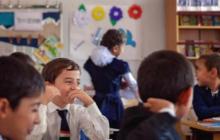Stories from the Field: One Teacher's Experiences in Tajikistan
Through AIR's work with the USAID's Quality Reading Project in Tajikistan, Guljahon Rahmonova, who teaches fourth grade in Kulob, received specialized in-service training. Read about her experiences in her own words. (Photos by Claudia Muir)
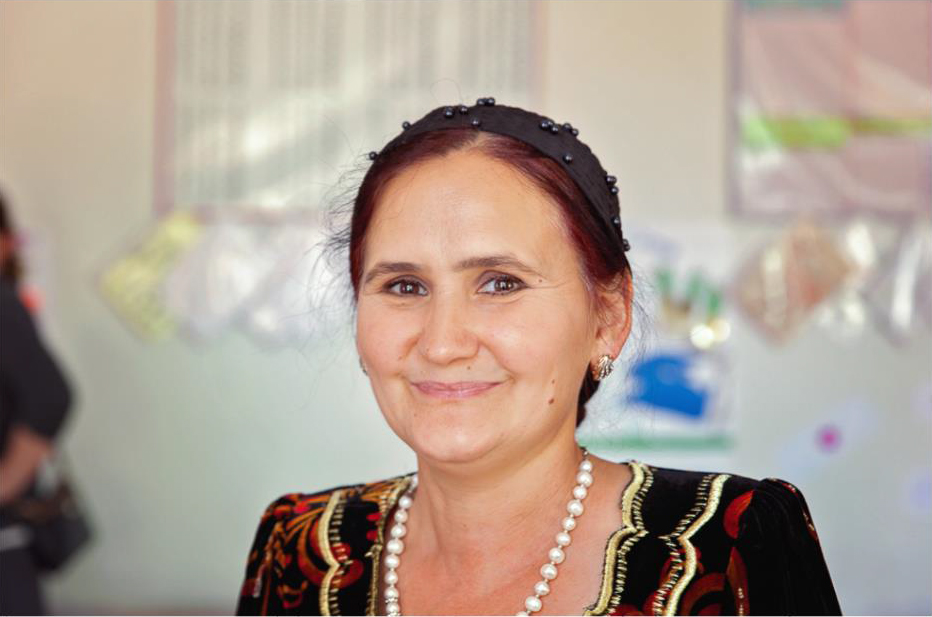
"The USAID Quality Reading Project In-Service Teacher Training on Reading in the Tajik Mother Tongue opened my eyes to an important fact; our current practices focused entirely on reading fluency and speed, which I realized were only small aspects of reading. During the sessions, I learned that teaching reading is much broader and more complex than this, because reading includes many other aspects – vocabulary enrichment, reading comprehension, formative assessment, letter recognition, phonemic awareness, and so on."
"We learned many new strategies to engage our students and teach them reading and Tajik language in new ways. Let me tell you about them."
Silent Reading
"Silent reading is important because this is what students will do all their lives. We’ve done this before but we didn’t test them on whether they comprehend what they were reading."
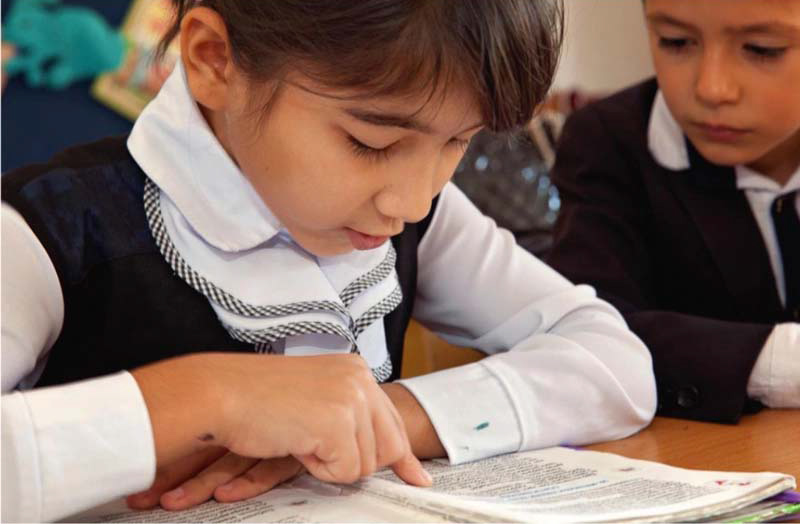
Vocabulary Books and Visual Aids
"Did they even understand all the words? Of course not. We have now introduced the creation of vocabulary books to help students to learn new words in an interesting way. We started playing vocabulary games and are now using tactile learning aids. Many of those aids we learned to create during the USAID Quality Reading Project In-Service Teacher Training."

"We also discovered something else that was completely new to us. As a primary teacher, I had never considered how to make the classroom a reading-friendly environment. We learned about using visual aids and the importance of displaying the kids’ work on the walls of the classroom."
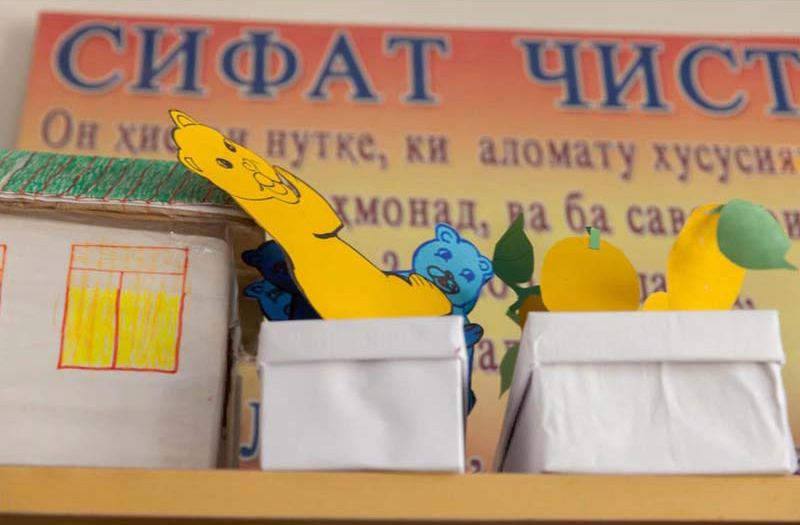
Mind Maps
"We create mind maps to study new words and learn how to use those words creatively in texts."
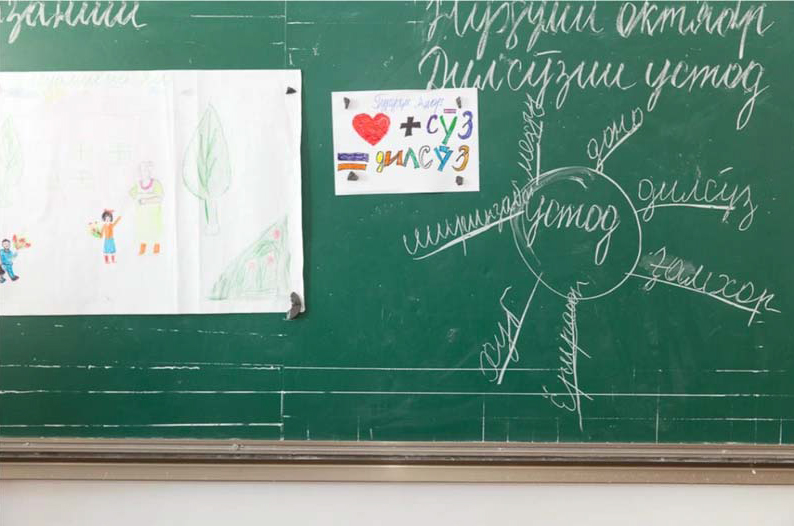
Storytime
"We started paying attention to listening skills and began reading stories to the kids as part of our reading lessons. I think this is my favorite part. The students get excited to listen to the stories and predict what will happen next."

Creating a Play from a Recently Read Story
"Sometimes, I have the kids write a play from a story I read to them. It’s fun for the kids to see their own words acted out by their classmates. It encourages participation and active writing."

Student Reading
"Reading aloud is often intimidating and difficult. Reading in a way that the others understand requires comprehension of the text first. Only then can the student read a text in a meaningful way. So, now I spend time working with the students to read aloud with confidence and a strong understanding of the text."
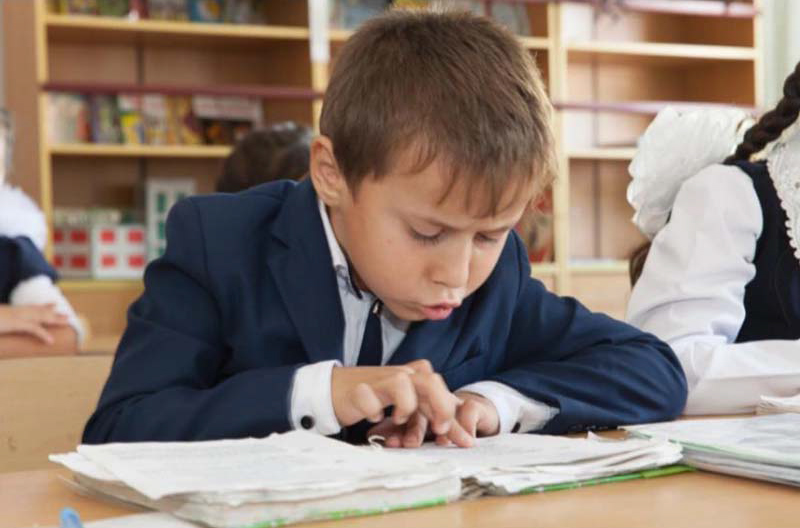
Creating a Story from a Picture
"Writing stories helps the kids to anchor the new words they have learned. They create stories and develop their spelling skills."

Group Work
"We introduced group work as a way to make learning more interactive and more fun. The kids love working together and they have more ideas than when they just sit silently."
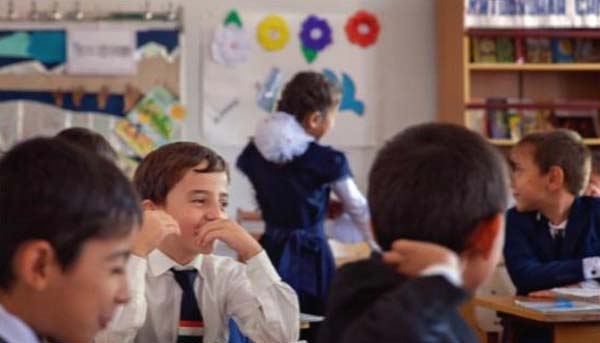
"I’m very happy to have the opportunity to learn so many new strategies which help me teach my students better."
Breaking New Ground in Reading by USAID Central Asia on Exposure
